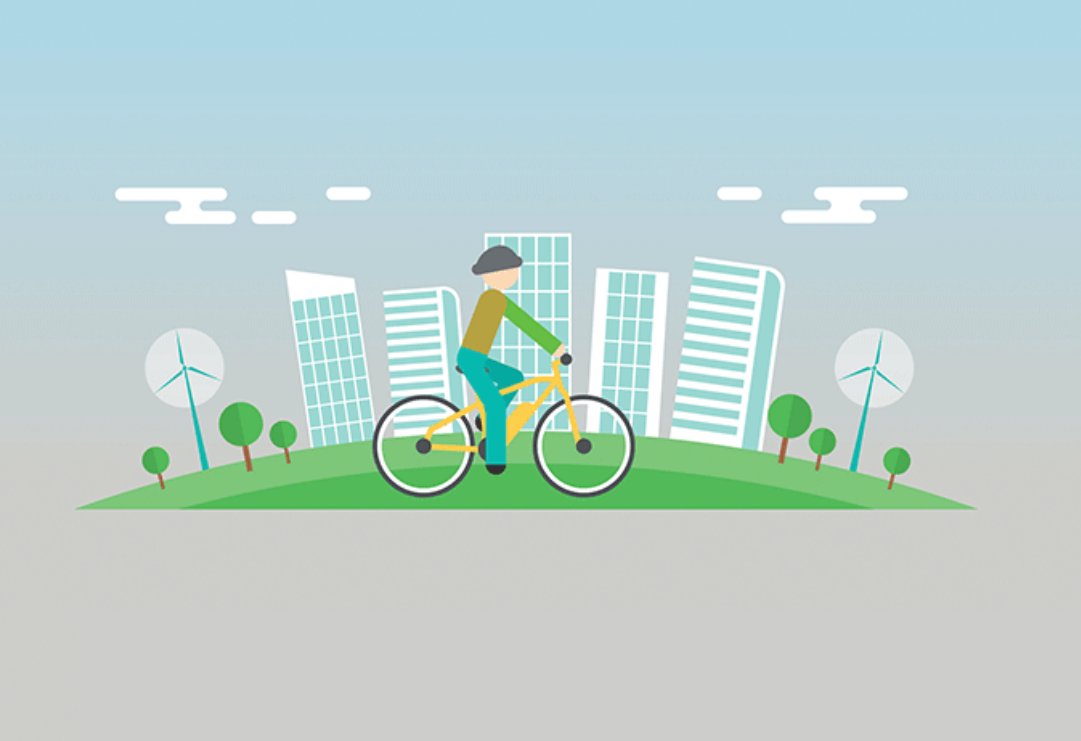An Initial Summary Of E-Bike Regulation And Standards In Your City
An Initial Summary Of E-Bike Regulation And Standards In Your City
Blog Article
Article Produced By-Goldberg Hebert
Prior to you hop on your e-bike and hit the streets, it's crucial to understand the regulations and guidelines that control your city. From speed limitations to marked riding locations, there's a whole lot to think about to guarantee you're compliant and risk-free. By familiarizing yourself with the regulations specific to e-bikes, you'll be much better furnished to appreciate your trips without any unanticipated legal concerns. Keep tuned to discover key understandings that will certainly help you browse the e-bike landscape in your city effortlessly.
Recognizing E-Bike Classification
When it comes to browsing the world of e-bike laws and laws, an important starting point is understanding the classification system that categorizes these electric bicycles. E-bikes are normally identified right into 3 main groups: Class 1, Class 2, and Class 3.
Course 1 e-bikes are pedal-assist just, suggesting they offer support while the motorcyclist is pedaling and have a maximum speed of 20 miles per hour. These bikes are admitted areas where traditional bicycles are permitted.
Course 2 e-bikes are equipped with a throttle that can thrust the bike without pedaling. They also have a maximum speed of 20 miles per hour and appropriate for riders that might require assistance without pedaling continuously.
Course 3 e-bikes are similar to Class 1 yet with a greater maximum speed of 28 mph. These bikes are typically limited from certain bike courses or routes as a result of their higher speeds.
Recognizing these categories is important for following regional policies and ensuring a safe and satisfying e-biking experience.
Navigating Speed Restrictions and Restrictions
To properly navigate e-bike laws and policies, it's important to comprehend the speed limitations and restrictions that relate to different courses of electrical bicycles.
Rate limits for e-bikes differ depending upon the classification of the bike. Course 1 e-bikes, which are pedal-assist just and have a maximum speed of 20 mph, are typically allowed on bike lanes and courses.
Course 2 e-bikes, which have a throttle in addition to pedal-assist and additionally get to speeds of up to 20 mph, might be restricted in certain locations where motorized vehicles aren't allowed.
Course 3 e-bikes, with pedal-assist up to 28 mph, are usually called for to follow the same regulations as typical bikes.
It is very important to follow these rate limits and constraints to ensure your security and the safety and security of others when traveling. Before riding your e-bike, acquaint on your own with the specific policies in your city to prevent any kind of potential fines or lawful issues.
Where to Experience Your E-Bike
To figure out where you can ride your e-bike, it's vital to know the regulations and standards particular to your area. In the majority of locations, e-bikes are commonly enabled on roads and roads where typical bikes are allowed. This might include bike lanes, bike paths, and shared roadways. Nevertheless, https://www.autoevolution.com/news/striking-powerful-and-three-times-lighter-than-any-other-fat-tire-bike-meet-the-luup-x-184194.html to inspect regional legislations as some cities may have details limitations on where e-bikes can be ridden.
When riding https://sites.google.com/view/zugobike/ -bike, always prioritize safety and security by complying with web traffic guidelines and appreciating pedestrian sidewalks. Furthermore, be mindful of any kind of designated bike lanes or paths in your location and use them whenever possible to guarantee a smoother and much safer ride.
Some cities also have regulations pertaining to e-bike use on pathways, so make certain to familiarize on your own with these regulations to prevent any penalties or charges.
Final thought
Since you know with the regulations and regulations bordering e-bikes in your city, you can confidently hit the trail recognizing where you can ride and what limitations apply to your e-bike classification. Remember to always focus on security and follow the rules to make sure a smooth and lawful experience. Happy riding!
